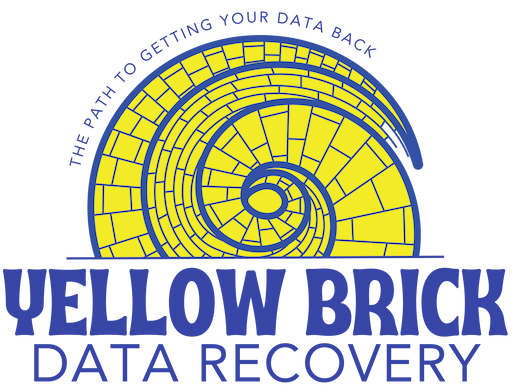What is a sector
A sector is the minimum storage unit of a hard drive. You can think of it as a standard egg carton, with each carton having 12 spots to hold eggs. The spots may have an egg inside them (data), or may be empty with no egg inside.
Most drives have sectors that hold 512 bytes of data, while some newer drives have sectors that hold 4096 bytes. Because there are 1024 bytes per kilobyte, and 1024 kilobytes per megabyte, each sector on most hard drives holds about 1/2048th of a Megabyte. So you would need about 2048 sectors to hold a 1MB file. This means there are literally billions of sectors on a standard 1TB hard drive.
How do sectors go bad
As with most things, time will wear out a hard drive. With billions of sectors, you are bound to have some that stop working sooner than others. When a sector starts to not respond to read attempts, the firmware of the drive will add the sector to a list of bad sectors and not use it in the future.
Of course, sectors cannot be readable due to physical damage as well. Think scratches, debris, and the sort. If the drive is not able to physically read the sector, it will be marked as bad and not used.
What are the symptoms of a drive with bad sectors
A drive that has developed bad sectors can show a few different symptoms depending on where the bad sectors are.
One of the common symptoms of bad sectors is when the computer pauses while it tries to read data from the drive. Think of when you open a folder and it usually takes about one second to open, then one day it starts taking 5 seconds to open. That kind of slow down is often caused by a slow reading or failing sector that the computer is waiting for.
Another sign of sectors going bad on a drive is having files and folders not being able to be opened. You may get an error like “I/O error” or “Could not read data”. These types of errors can mean you have a drive with bad sectors.
Many people believe that a clicking drive means the drive has bad heads, but this is not always the case. Bad sectors in a few particular areas on the drive can cause the drive to click as if the heads are bad! I have seen this personally many times on drives that other shops have diagnosed as having bad heads.
If the bad sectors are in certain areas that make up the firmware of the drive, the drive can stop responding all together. Drives that do not show up on computers or fail to be recognized in any way could be suffering from bad sectors.
How data is recovered from drives with bad sectors
There are a multitude of tools that can be used to attempt to get data off a drive with bad sectors, but the first step is to turn off portions of the firmware that try to deal with bad sectors as the drive finds them. The tool I use to alter the firmware is the PC-3000, but their are other options as well, including the DeepSpar Disk Imager.
Once the firmware has been altered as necessary, the next step is to image the drive. On a drive with bad sectors the basic idea is to start with a pass that skips over the bad sectors and just recovers the data that is easily recovered.
Now that all the easily recovered data is safe, you run progressively more intense passes on the imager to get back as much as possible. I like to run a medium pass after the initial easy pass with maybe a 1.5 second timeout, before moving onto harder passes with a 5+ second timeout.
How you can attempt a recovery
If you don’t want to spend the money on a PC-3000 or Deepspar Disk Imager, there is an imager you can create using an old computer and a free open source program.
Note that it is very possible to make the problem worse. Also note that we don’t recommend trying these techniques unless the data isn’t super important. Finally, practice on a different drive at least once to test results and make sure you understand what you are doing.
Here is a link to the drive imager you can create and try yourself.
I can help you get your data back
We offer data recovery services for hard drives with bad sectors, as well as for hard drives with basically any issue! Just fill out our quote form to get a quote, or give me a call to discuss your drive at (620) 615-6836. I look forward to working with you!
